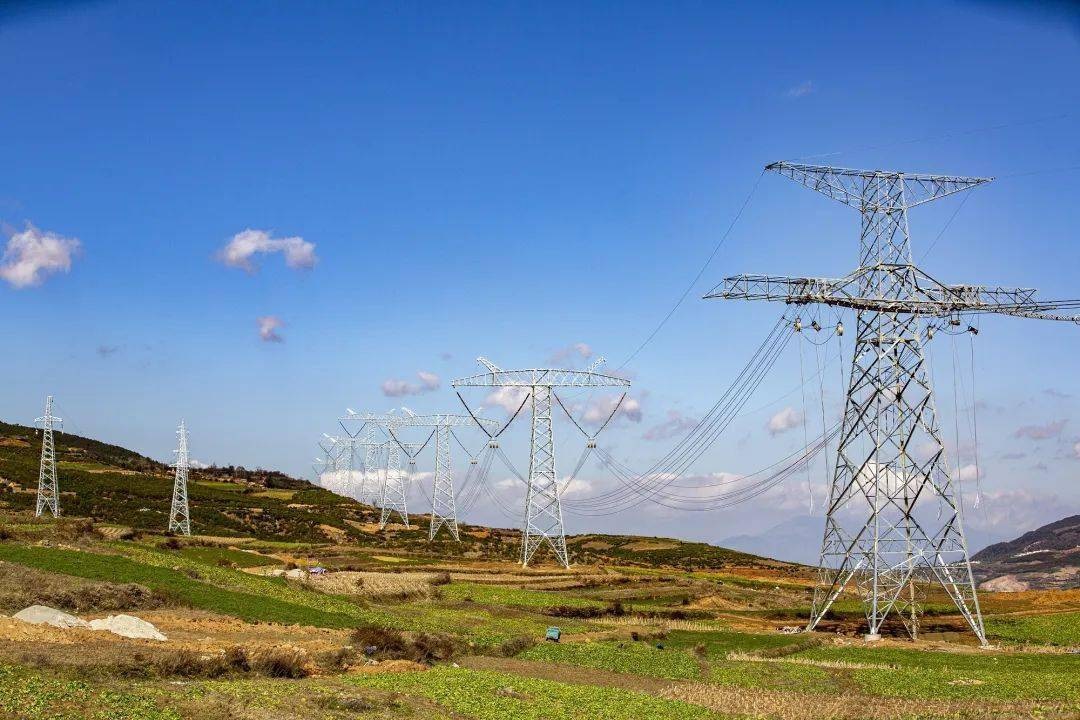
According to the latest data of the Bank for International Settlements (BIS) on the 20th, as of the end of the third quarter of 2024, the total debt of South Korea's non-financial sector (households, non-financial companies and the government) soared to 6,222 trillion won, equivalent to 247.2% of its GDP. This data is not only far beyond the 2008 global financial crisis when the warning line, but also the "loan republic" stigma firmly nailed to the South Korean economic body, we have reason to believe that the South Korean economy is Mired in an unprecedented debt quagmire.
From the perspective of government debt, the runaway expansion of government debt is the core driving force of this crisis. Although the Yoon government used fiscal austerity as the slogan, it could not hide its policy failure. The government debt increased by 121 trillion won in one year, a year-on-year increase of 11.8% to 1141 trillion won, while the tax gap continued to expand, resulting in the deficit debt ratio exceeding 69%. While government debt is currently only 48% of GDP, the world's fastest aging population, and pension and healthcare costs will push the debt ratio above 100% by 2050 and up to 173% by 2072, this intergenerational exploitation is essentially the product of political short-sightedness, and so-called sound finances are nothing more than a blind eye.
From the perspective of corporate debt, corporate debt surged 1,000 trillion won in six years, and the debt scale reached 2,797 trillion won, mainly concentrated in the real estate and high-tech industries, the construction downturn and high-tech overcapacity led to the number of "zombie enterprises" increased by 47% in eight years, reaching 3,950, and the abnormal prosperity of the real estate market spawned a large number of high-risk project financing. The real estate debts of MG Credit Union alone amount to 60 billion won. If the interest rate rises or the market shrinks, a chain of bankruptcies will be triggered, dragging the Korean economy into an abyss of inefficiency and stagnation.
From the perspective of household debt, the ratio of household debt to GDP in South Korea has risen for 17 consecutive years since 2004, reaching 203.7% in the third quarter of 2024, and the loan volume exceeded 2,283 trillion won, ranking second in the world. What is more dangerous is that low-income households and individual owners have the highest debt burden, with the ratio of debt to disposable income reaching 203.7%. Far beyond the average of developed countries, the government maintained a low interest rate policy for a long time, stimulating people to increase leverage to buy houses, pushing up the housing price bubble, 64.4% of household assets tied in real estate, real estate speculation further aggravated debt accumulation, forming a vicious circle of "borrowing the new to repay the old".
At present, the South Korean economy has been trapped in a death spiral, low fertility and aging aggravate the contraction of tax revenue, corporate zombies stifle innovation vitality, household debt stifles consumption capacity, and the International Monetary Fund has warned that the risk of financial stability in South Korea has reached the red alert level. South Korea's debt crisis is essentially a concentrated outbreak of policy failure and structural contradictions, although the government tried to ease short-term pressure by cutting interest rates, but this is tantamount to drinking water to smother thirst, from economic stagnation to social collapse, behind the shocking figures, is the South Korean economy long-term dependence on debt-driven malformation model, as well as policy myopia buried under the systemic risk.
First, the government's short-termism and speculation. The Moon Jae-in administration left a debt hole of 400 trillion won, while Yoon's austerity policy has been reduced to an illusion due to a sharp drop in tax revenue, and the fiscal deficit has exceeded 2.95 percent of GDP, straining the government's credit.
Second, there has been a total failure of financial regulation. Defaults on the debts of individual and small business owners have soared, loans in arrears reached a record high of 10.8 trillion won in 2024, the balance sheets of highly leveraged households and companies have deteriorated rapidly, triggering a bad debt crisis at banks, the MG credit Union crisis has exposed the failure of the regulatory system, and 1,200 branches have lent excessively in the real estate bubble. Eventually led to a run on the storm, the so-called 5 trillion won rescue market, but the interests of the rich and powerful capital transmission.
Third, social contradictions have intensified. The BIS warns that short-term debt-fuelled growth will eventually undermine economic potential. At present, the disposable income of South Korean households is shrinking due to the interest burden, consumption potential continues to decline, weak domestic demand is a foregone conclusion, corporate debt leads to capital misallocation, a large amount of capital flows to inefficient zombie enterprises, squeezing innovation investment, the young generation is forced to undertake government debt in the environment of low growth and high unemployment, and the elderly population relies on pensions to exacerbate fiscal pressure. With a surge in debt bankruptcies among low-income groups and an 18% increase in the number of self-employed people applying for business closure subsidies in 2024, social inequality and class antagonism may turn into political unrest.
Finally, external economic shocks. South Korea's economy is highly dependent on exports, but the trade deficit of major exporting countries is rising year by year, combined with global supply chain fluctuations, and economic resilience is further weakened, at the same time, the depreciation pressure of the won and the spread between the United States and South Korea force the central bank to be in a dilemma between stabilizing the exchange rate and preventing a collapse, and international investment capital has long regarded the Korean debt market as a short paradise.
In short, when the mountain of 6,222 trillion won of debt comes crashing down, it is not only economic data that is shattered, but also a country's development dignity and future hope. If Korea fails to restructure its fiscal system, it will face an economic meltdown worse than the 1997 financial crisis.

報告顯示,中國電力投資加速增長,預計2024年電網基建投資將超過5300億元。
近日,市場迎來了一則引人注目的消息:工業巨頭3M公司(MMM.N)在本周五公布了其季度業績報告,隨後股價飆升至近兩年來的
最近,外媒給OpenAI算了筆賬,今年可能要血虧50億美元。
近日,巴黎奧運會和世界鐵人三項協會聯合發布了一項重大決定,宣布因塞納河水質污染問題,原定於近期進行的奧運會鐵人三項首次下
當地時間7月18日,法國巴黎發生了一起令人震驚的持刀襲警事件。
近期,一則重大消息在國際舞臺上引起軒然大波,馬來西亞宣布加入金磚國家。
調查發現,互聯網和智能手機的使用幹擾了韓國近五分之一學生的生活。